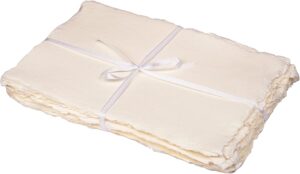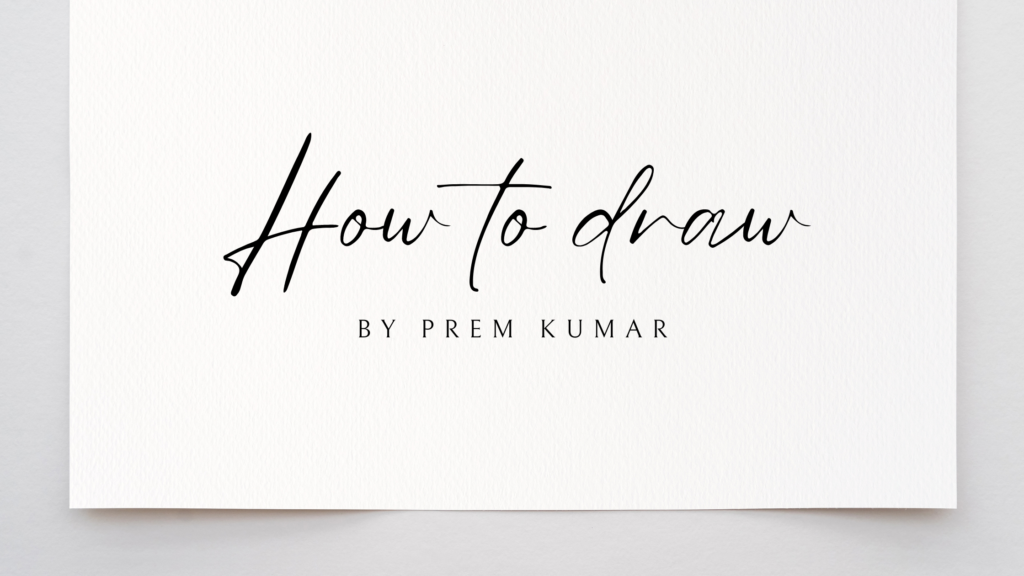Oil Pastel Paper lays the groundwork for your voyage into the bright world of oil pastels, which requires not only artistic ability but also a thorough awareness of available materials. The choice of paper is sometimes ignored, yet it has a tremendous impact on the texture, color brilliance, and general longevity of your artwork. In this in-depth study, we will look at the surfaces, textures, and qualities of oil pastel sheets to help you make informed judgments about how to improve your artistic interests.
Understanding Oil Pastels:

Before we go into the intricacies of oil pastel papers, let’s go over the distinctive characteristics of oil pastels themselves. Oil pastels, made of a non-drying oil and pigment mixture, have a rich, buttery substance that allows for seamless blending and layering. Unlike other drawing mediums, oil pastels do not require fixatives, making them a versatile and accessible option for artists of all skill levels.
The Importance of Choosing the Right Oil Pastel Paper:

While oil pastels can be applied to a variety of surfaces, choosing the right paper is critical for getting the desired results. The improper paper may resist the pastels, resulting in uneven application, color distortion, and a generally frustrating experience. When selecting oil pastel paper, keep the following criteria in mind to ensure that your artistic vision is realized.
1. Surface Texture.
The surface roughness of the paper has a significant impact on how oil pastels adhere and blend. Oil pastel papers typically come in three textures: smooth, medium, and heavy.
1. Smooth: Smooth papers have an even surface, making them ideal for fine work and blending. They are suitable for artists who want a more controlled pastel application and work well with detailed details and thin lines.
2. Medium: Papers with a medium texture provide a balanced surface that can support both fine details and large strokes. They strike a balance between smooth and heavy textures, making them suitable for a variety of artistic approaches.
3. Heavy: Heavy-textured papers have a distinct teeth, which provides excellent grip for oil pastels. These papers are ideal for artists looking to produce bold, expressive strokes and textures in their work.
2. Quality and Weight:
The weight and quality of the paper are critical factors in determining durability and lifetime. To ensure that your artwork does not discolor or deteriorate over time, choose acid-free, archival-quality materials. Furthermore, heavier-weight papers, measured in grams per square metre (gsm), provide greater robustness and prevent warping, particularly when layering and blending extensively.
1. Lightweight (80-120 gsm): These papers, while less expensive, are less durable for final artworks.
2. Medium-weight (120-160 gsm): Strike a compromise between price and durability, making them ideal for finished pieces requiring moderate layering and mixing.
3. Heavy-weight (160 gsm or higher): Ideal for professional artwork, heavy-weight papers can endure prolonged layering, mixing, and erasing without losing structural integrity.
Choosing the Right Color:
The color of your paper has a big impact on the appearance of your oil pastel artwork. While white is the most widely used hue, experimenting with different tones can produce interesting results.
1. White: Provides a neutral background, allowing oil pastel colors to appear vivid and true to pigmentation. White is a versatile color that works well for a variety of subjects.
2. Tinted/Colored: Tinted papers can enhance the depth and richness of your artwork. They can either complement or contrast your color scheme, creating a one-of-a-kind backdrop for your projects.
Practical Tips for Working with Oil Pastel Papers:

1. Experimentation is Key: Don’t be hesitant to try out different papers to see what works best for your style and preferences. Purchase a variety of sheets and make small test pieces to see how the paper reacts to your approaches.
2. Surface Preparation: Before applying oil pastels, lightly sand the paper’s surface to improve teeth and adhesion. This is very useful for heavily textured papers.
3. Layering and Blending: Select a paper that can handle the layering and blending techniques required for oil pastel work. Heavyweight papers are often more durable in this aspect.
4. Fixatives: While oil pastels, unlike other mediums, do not require fixatives, applying a suitable fixative can help set your artwork and reduce smudging. However, be cautious because some fixatives can alter the hues.
Conclusion:
In the world of painting, every stroke and detail counts. The selection of Oil Pastel Paper is no exception. Understanding the intricacies of surface textures, weights, and colors allows you to make more educated judgments that enhance your artistic expression. So, as you begin your next oil pastel masterpiece, let the paper serve as a canvas, ready to absorb the depth and color of your artistic vision.
Some Recommended Pastel Papers:
1. Strathmore Pastel Pad 400 Series
2. Pastel Canson Mi-Teintes Paper
3. Sanded Pastel Paper by UArt
4. Pastel Paper Fabriano Tiziano
5. Pastel Sennelier Le Pastelliste Card
Read Also:- 5 Markers Marvels: Various Marker Brands and Their Uses
Learn More About Art at SILPAVAT.IN


